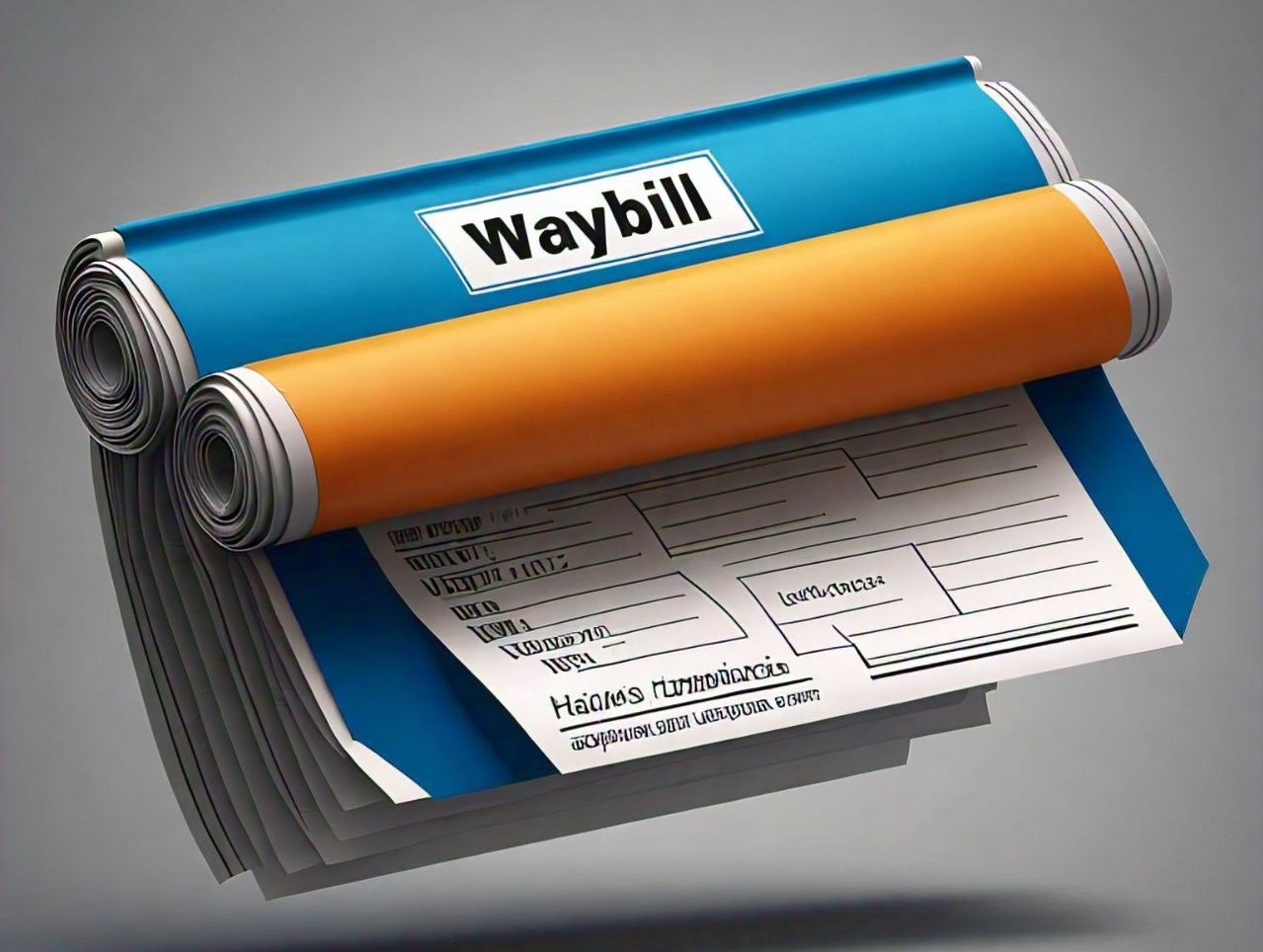Understanding the E-Way Bill in Multimodal Logistics
The e-way bill is a critical component of India's logistics system, especially in the context of multimodal transportation, where goods are moved across different modes like road, rail, air, and sea. Introduced under the Goods and Services Tax (GST) regime, the e-way bill is an electronic document that tracks the movement of goods above a certain value. It ensures tax compliance and prevents tax evasion, but for businesses navigating multimodal logistics, understanding how to manage e-way bills can be challenging.
What is an E-Way Bill?
An e-way bill is generated electronically on the GST portal for goods valued at over ₹50,000 that are being transported within the country. The bill contains essential details like the shipment’s origin, destination, and the goods being transported. The transporter, supplier, or the person in charge of the movement must generate it before the shipment begins.
E-Way Bill Requirements in Multimodal Logistics
In multimodal logistics, where goods are transferred between different modes of transport, generating and managing the e-way bill becomes more complex. The following are some of the key aspects to consider:
-
Mode-to-Mode Transition
The e-way bill is applicable for every leg of transportation, whether by road, rail, air, or sea. If the mode of transport changes mid-journey, the transporter must update the e-way bill with the details of the new mode. This ensures that the movement of goods is continuously tracked and remains compliant with tax laws.
-
Part A and Part B of the E-Way Bill
The e-way bill has two parts: Part A and Part B.
Part A contains details like the GSTIN (Goods and Services Tax Identification Number) of the recipient, the value of goods, and the shipment’s origin and destination.
Part B includes the transporter’s information and details about the vehicle being used for the first leg of the journey. In multimodal logistics, the information in Part B must be updated whenever the mode of transportation changes.
-
Distance and Validity Period
The e-way bill has a validity period based on the distance to be covered by the shipment. For multimodal transport, where goods may move slower, especially in the case of sea or rail transportation, the validity of the e-way bill can be extended. The transporter must ensure that the bill is valid throughout the journey by updating the mode details and extending the validity period if necessary.
-
Multiple Vehicles
If goods are transferred between multiple vehicles during the transportation process, a new e-way bill must be generated or the existing one updated with the details of the new vehicle. This is common in multimodal logistics, where goods often move from trucks to trains or ships.
Challenges in Managing E-Way Bills for Multimodal Logistics
Managing e-way bills in a multimodal system can be complex due to the frequent mode transitions, the need for constant updates, and the requirement to track the status of goods in real-time. Manual updates, documentation errors, and delays in generating or extending the e-way bill can lead to non-compliance, resulting in fines, shipment delays, or penalties.
How Our Software Simplifies the E-Way Bill Process
Our software is designed to eliminate the complexities of handling e-way bills in multimodal logistics. Here’s how we streamline the process:
Automatic Mode Transition Updates: Our system automatically updates the e-way bill when goods switch between modes of transportation, ensuring compliance without manual intervention.
Real-Time Tracking and Alerts: The software tracks the movement of goods and alerts you when the e-way bill needs to be updated or extended, helping you avoid delays and penalties.
Seamless Integration with the GST Portal: Our platform integrates directly with the GST portal, making the generation, extension, and cancellation of e-way bills fast and efficient.
Single Platform for Multiple Modes: Whether your goods move by road, rail, sea, or air, our software allows you to manage the entire journey from one centralized platform, reducing the chance of errors.
Incorporating e-way bill management into our logistics solution ensures that your goods move smoothly, and your business stays compliant with GST regulations at every stage of the transportation process. With our software, the complexity of multimodal logistics becomes a seamless, hassle-free experience.

